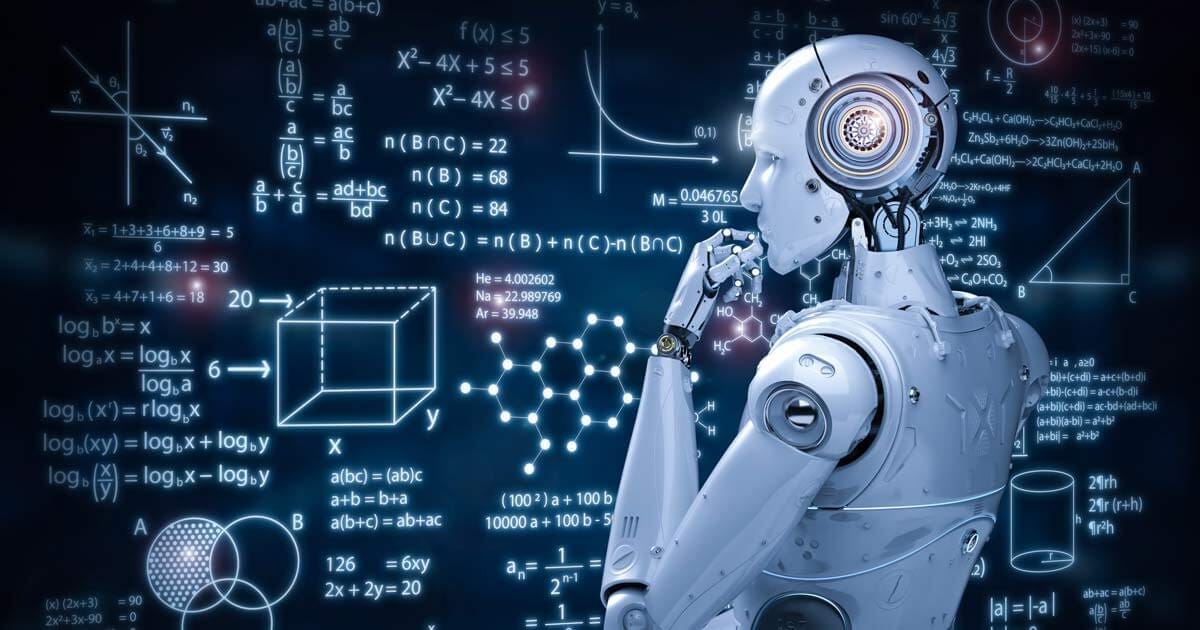What is Artificial Intelligence? Last Invention Of Humans
We have now explained why AI is exciting, but we have not said what it is. We could just say,
"Well, it has to do with smart programs, so let's get on and write some." But the history of science
shows that it is helpful to aim at the right goals. Early alchemists, looking for a potion for eternal
life and a method to turn lead into gold, were probably off on the wrong foot.
Only when the aim ;
changed, to that of finding explicit theories that gave accurate predictions of the terrestrial world, j
in the same way that early astronomy predicted the apparent motions of the stars and planets, i
could the scientific method emerge and productive science take place.
Definitions of artificial intelligence according to eight recent textbooks are shown in Fig- j
ure 1.1. These definitions vary along two main dimensions. The ones on top are concerned
with thought processes and reasoning, whereas the ones on the bottom address behavior. Also,!
the definitions on the left measure success in terms of human performance, whereas the ones 1
on the right measure against an ideal concept of intelligence, which we will call rationality. A!
system is rational if it does the right thing.
This gives us four possible goals to pursue in artificial j
intelligence, as seen in the caption of Figure Historically, all four approaches have been followed. As one might expect, a tension existsl
between approaches centered around humans and approaches centered around rationality.2
A!
human-centered approach must be an empirical science, involving hypothesis and experimental.
"The exciting new effort to make computers
think . . . machines with minds, in the full
and literal sense" (Haugeland, 1985)
"[The automation of] activities that we associate with human thinking, activities such as
decision-making, problem solving, learning
..."(Bellman, 1978)
"The art of creating machines that perform
functions that require intelligence when performed by people" (Kurzweil, 1990)
"The study of how to make computers do
things at which, at the moment, people are
better" (Rich and Knight, 1 99 1 )
"The study of mental faculties through the
use of computational models"
(Charniak and McDermott, 1985)
"The study of the computations that make
it possible to perceive, reason, and act"
(Winston, 1992)
"A field of study that seeks to explain and
emulate intelligent behavior in terms of
computational processes" (Schalkoff, 1 990)
"The branch of computer science that is concerned with the automation of intelligent
behavior" (Luger and Stubblefield, 1993)
Figure Some definitions of AI. They are organized into four categories:
Systems that think like humans.
Systems that act like humans.
Systems that think rationally.
Systems that act rationally.
Confirmation. A rationalist approach involves a combination of mathematics and engineering.
People in each group sometimes cast aspersions on work done in the other groups, but the truth
is that each direction has yielded valuable insights. Let us look at each in more detail.



No comments: